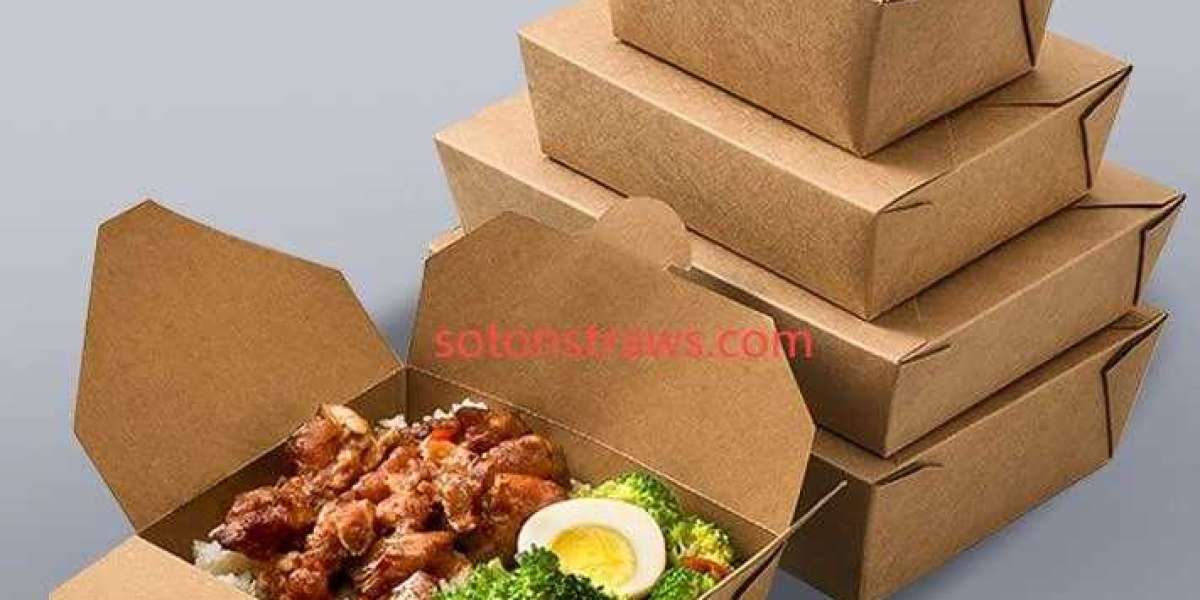Industrial sustainability requires fundamental reimagining of material lifecycles, transforming linear consumption patterns into regenerative systems. The disposable kraft box exemplifies this transition through holistic design that integrates seamlessly with natural processes. Sourced from forests managed for continuous regeneration, these containers utilize wood fibers supplemented by agricultural residues like rice husks and coconut coir, diverting farm waste from destructive disposal methods. Manufacturing facilities implement symbiotic relationships with composting operations where biogas byproducts power adjacent production lines, creating self-sustaining energy loops. Water reclamation technologies purify and recirculate industrial liquids through multiple manufacturing cycles, demonstrating comprehensive hydrological responsibility throughout creation processes.
Distribution networks minimize environmental impact through optimized routing algorithms and efficient vehicle loading protocols. Bulk packaging designs eliminate unnecessary secondary materials, while collapsible configurations maximize transport space utilization. Consumer education initiatives transform packaging surfaces into instructional platforms through vegetable-ink graphics that clarify composting procedures. The disposable kraft box completes its ecological journey through municipal partnerships that streamline collection and processing into nutrient-rich humus. This valuable soil amendment then nourishes agricultural systems, closing the resource loop that began with sustainable forestry. The entire lifecycle demonstrates industrial symbiosis where waste outputs become inputs for subsequent production phases rather than terminal pollution sources.
Corporate responsibility extends into advocacy for infrastructure development. Industry leaders support policy frameworks that standardize composting certifications and expand organic waste collection services. Transparent reporting mechanisms document carbon reduction achievements and water conservation metrics across product lifecycles, validating environmental claims. The growing adoption of these circular packaging solutions demonstrates how voluntary initiatives create market differentiation while anticipating regulatory evolution. Collaborative research explores cellulose nanofiber enhancements and agricultural waste binders that could further improve material performance while strengthening connections between packaging systems and regenerative agriculture. This continuous innovation ensures ecological packaging remains commercially viable while advancing environmental stewardship objectives.click www.sotonstraws.com to reading more information.








